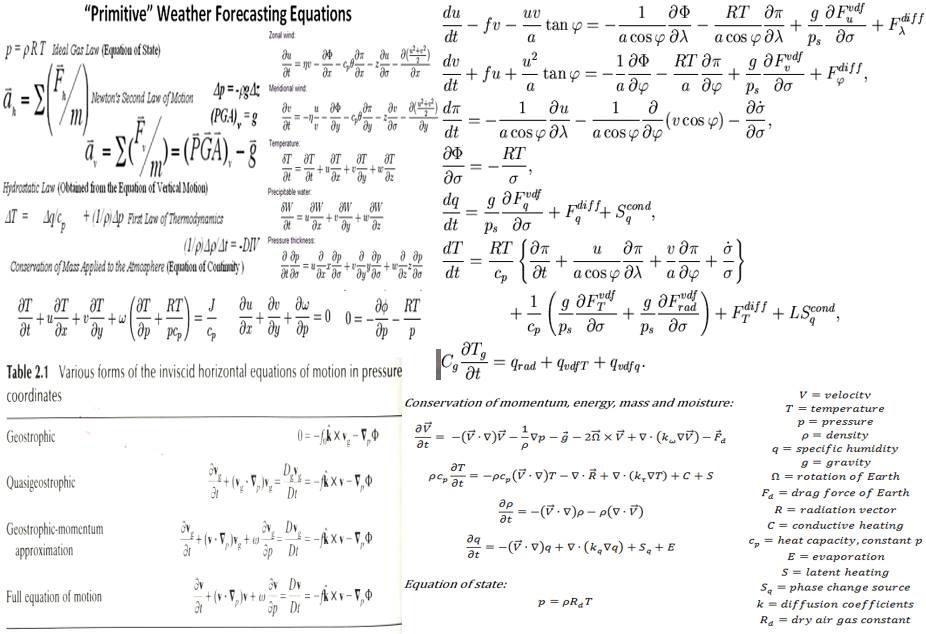
Have you ever stood at the base of your favorite resort, watching clouds build over the peaks, and wondered if tomorrow will bring that forecasted powder day? Or maybe you’ve been planning a backcountry mission and found yourself doubting whether the predicted “bluebird conditions” will materialize. Well, the weather forecasting game is changing dramatically—and it’s all thanks to artificial intelligence.
The Old Way vs. The New Way

Traditional weather forecasting relies on numerical weather prediction (or NWP for short), which takes current conditions and uses complex physics equations to predict how the atmosphere will evolve. It is like predicting where a marble will roll down a complicated maze. You know the starting point and the rules of physics, but tiny variations can lead to big differences in the outcome.
But here’s where it gets interesting: machine learning models are now entering the chat, bringing some serious advantages to the table.
How Machine Learning is Changing the Game
Machine learning systems are like weather forecasters that have studied millions of historical weather patterns. Instead of just working with physics equations, they’ve “learned” from every powder day, every surprise storm, and every unexpected bluebird break in the clouds. And this method works–these ML models are more accurate than our state-of-the-art physics-based weather models.
Here’s what makes this approach so powerful for skiers:
- Pattern Recognition: ML models can spot subtle patterns in atmospheric conditions that traditional forecasting might miss. Remember that unexpected dump that seemed to come out of nowhere last season? ML models are getting better at catching these “outlier” events.
- Local Knowledge: While traditional forecasts might struggle with microclimates (looking at you, Alta), ML models can learn the unique weather patterns of specific locations. They’re particularly good at understanding how local terrain affects weather—crucial information when determining if that storm will deliver at your favorite resort.
- Faster Updates: Traditional forecast models take hours to run on supercomputers. ML models? They can update predictions in minutes, meaning more accurate forecasting when you’re making those crucial dawn patrol decisions. Additionally, since they’re so efficient, we can run hundreds of ensemble members rather than a few dozen. If you’re unfamiliar with ensemble forecasting, you can read our article here.
What This Means for Your Ski Season
For us skiers, this tech revolution is going to translate into some pretty exciting improvements, pretty much across the board, as this technology continues to get better and better:
- More Accurate Powder Forecasts: ML models are getting particularly good at predicting precipitation amounts and snow levels. That means fewer “expecting 12 inches, got 2” disappointments.
- Better Timing Predictions: Want to know exactly when that storm will hit? ML models are showing impressive accuracy in timing predictions, helping you plan that perfect powder day.
- Improved Temperature Forecasting: This is huge for spring skiing. Better temperature predictions mean you’ll know whether you’ll get that perfect corn cycle you’re hoping for.
The Reality Check
But before we get too excited, let’s keep it real: weather forecasting, even with ML, isn’t perfect. The atmosphere is incredibly complex (think chaos theory–yes, the butterfly effect is real), and there will always be uncertainty in forecasting.
Machine learning does give us better probabilities and more confident predictions in many situations. It’s like having a highly experienced local who’s studied every weather pattern in your area for the past 50 years–but one who can process all that information in seconds.
Looking Ahead
As these systems continue to learn and improve, we will likely see even better forecasting in the coming years. Some areas where we might see particular improvements:
- More accurate long-range forecasts (crucial for trip planning)
- Better predictions of avalanche conditions (by better understanding complex snow-weather interactions)
- More precise local forecasts for specific slopes and aspects on the kilometer scale
The Bottom Line
While machine learning doesn’t guarantee perfect powder days, it’s helping us make better decisions about when and where to ski. Remember: Even with the best technology, mountains deserve respect, and conditions can change rapidly.
For now, the best approach is to use these improved forecasts as one tool in your planning toolkit, alongside your own experience, local avalanche forecasts, and good old-fashioned mountain sense.